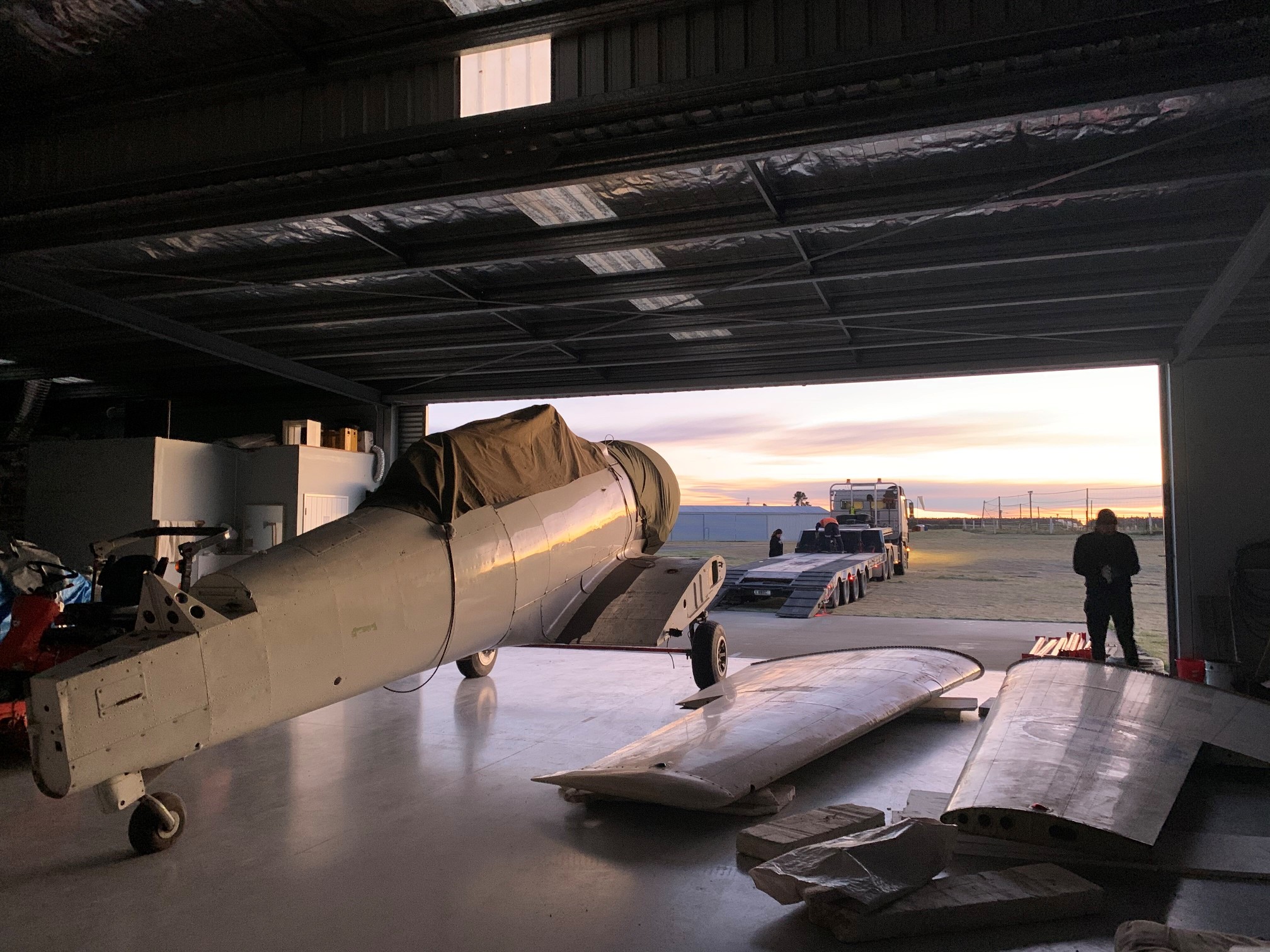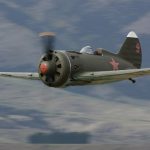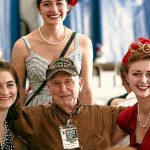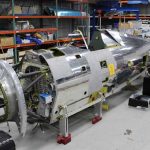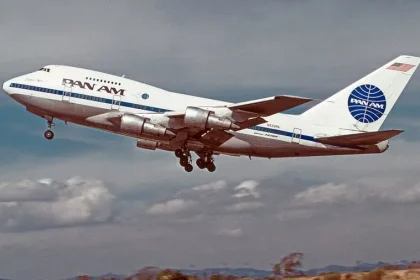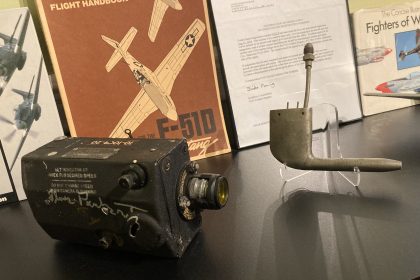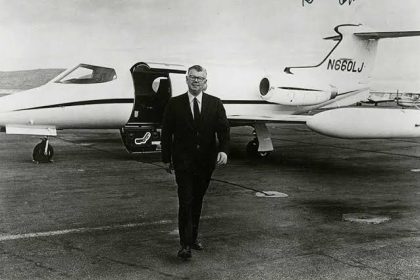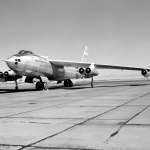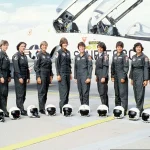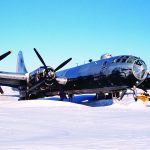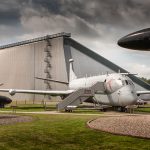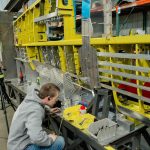Callum Smith’s Twenty24 Ltd. has just begun the restoration of North American Harvard Mk.IIa in Wanaka, New Zealand for Masterton-based warbird pilot, Bevan Dewes. Contstructed for a U.S. Army Air Force’s contract as AT-6C 41-33720 in 1943 at North American’s plant in Dallas, Texas as part of, she was originally destined to serve in Britain’s Royal Air Force as EX747. However, before delivery, the British diverted her for service with the Royal New Zealand Air Force (RNZAF) as NZ1044. She arrived in New Zealand, along with seven other Harvards (ex-41-33714 thru 41-22721/ex-EX741 thru EX748/thruNZ1038 thru NZ1045) aboard the SS James S. Hogg (later renamed USS Pavo) in June, 1943.
After re-assembly at Hobsonville, the RNZAF officially took her on charge on June 26th, 1943. She flew with No.2 (Fighter) Operational Training Unit during the war, primarily in Ohakea, New Zealand. The aircraft had machine guns and a gunsight, and served in an aerial gunnery training role bearing the side codes FE-9.
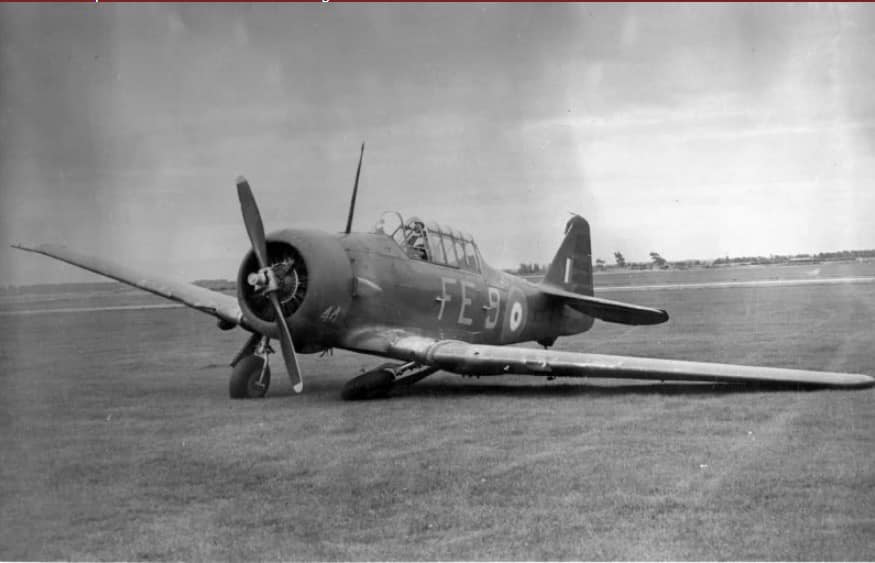
NZ1044 remained with the RNZAF after WWII, receiving an upgrade to Mk.2A* status in August, 1954. Part of this work involved replacing the wooden aft fuselage and empenage components with their aluminum equivalents; she was the first RNZAF Harvard to undergo this treatment. Following these modifications, the Harvard is known to have flown with No.3 (TAF) Squadron between September 3rd, 1954 and November 18th, 1955. NZ1044 made her last flight in 1958, and the RNZAF placed her in storage at Wigram in July, 1962, where she remained until October, 1971 when New Zealand’s Government Stores Board transferred the aircraft to New Zealand National Airways Corporation’s (NAC) Technical Training School in Christchurch. Here trainee aircraft maintenance technicians practiced their craft working on the now-static airframe; part of this involved them learning how to install control surfaces and properly setting the tension for the associated flight control cables. She continued to serve in this role through NAC’s merger with Air New Zealand in April, 1978 and a decade or two beyond, until going into storage once again. NAC disposed of the airframe in 2004, and she has passed through a couple of owners before Bevan acquired her earlier this year.
Interestingly, half of the eight Harvards which journeyed to New Zealand aboard the SS James S. Hogg in spring, 1943 still survive today! In addition to NZ1044, there is NZ1038, which flies as VH-AYO in Canning Vale, Western Australia, NZ1040 as VH-XXH with Cairns Airport Hangars Ltd, in Cairns, Queensland, while NZ1041 (another ex-NAC airframe) belongs to John Saunders who presently has the aircraft stored in Omaka, New Zealand. Another potential survivor is NZ1039, which the GSB sold to one M. Nortier in Auckland, New Zealand following the disposal of the RNZAF’s remaining Harvards in 1978, however, that was the last time this particular airframe ventured out in public, and quite what has become of her in the years since is presently unknown.
But now, after years of storage, NZ1044 is receiving some long-overdue TLC. Callum Smith notes that she is one of the most original Harvards he’s ever worked on, stating, “Because of the low hours on the airframe, and the fact it’s been kept out of the elements for all these years, it really is in mint condition. We have started pulling it all apart to assess exactly what work is required to get it flying again but so far there are no major surprises.”
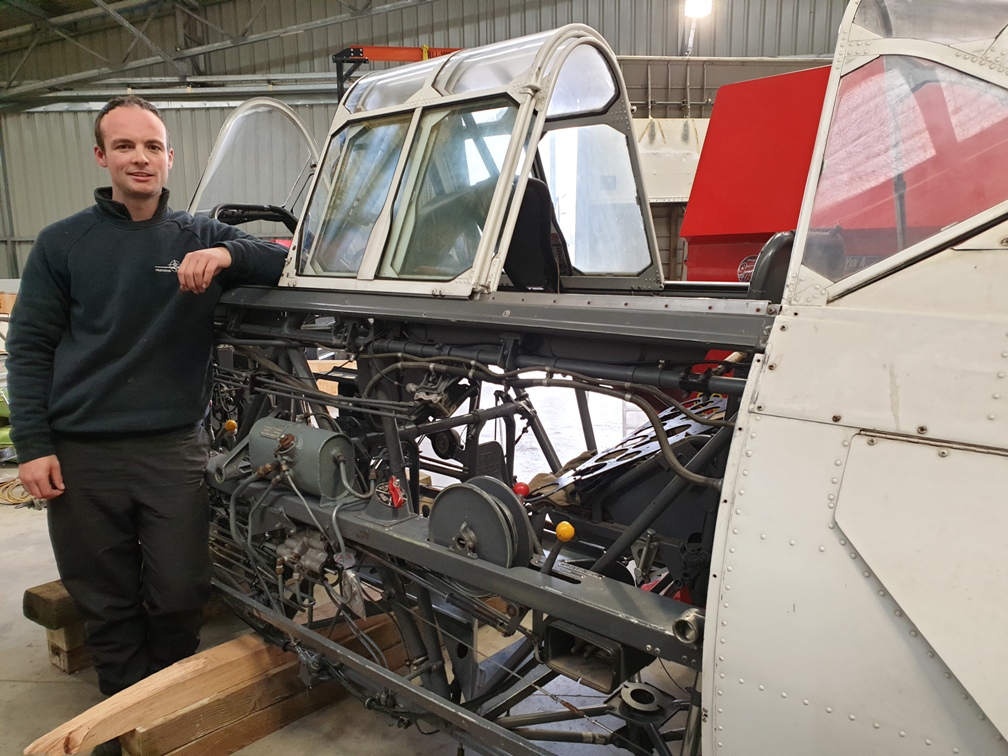
According to a recent article published on Warbirds Over Wanaka’s website, Bevan Dewes remarked that the airframe still retains its original logbook, dating from her very first test flight in 1943. Rather amusingly, he also notes that NAC trainees left a fair amount of sometimes cheeky graffiti on various parts of the aircraft, “It’s all part of the history of the aircraft so I’ve decided to keep that all in there rather than paint over it.”
Bevan Dewes plans to restore the aircraft to the way she looked when serving with No.2 FOTU, complete with guns and gunsight, and with the same camouflaged livery she once wore. Once she is flying again, Dewes will undoubtedly display her at the world-famous Warbirds Over Wanaka International Airshow, an event he has regularly attended, both as a visitor and a performer. In more recent years, Dewes has displayed his deHavilland Canada DHC-1 Chipmunk Mk.22 at the event. This aircraft served in the Royal Air Force as WP861 and flew for a while at White Waltham in England. WP861 has the distinction of being one of two Chipmunks in which His Royal Highness Prince Philip learned to fly.
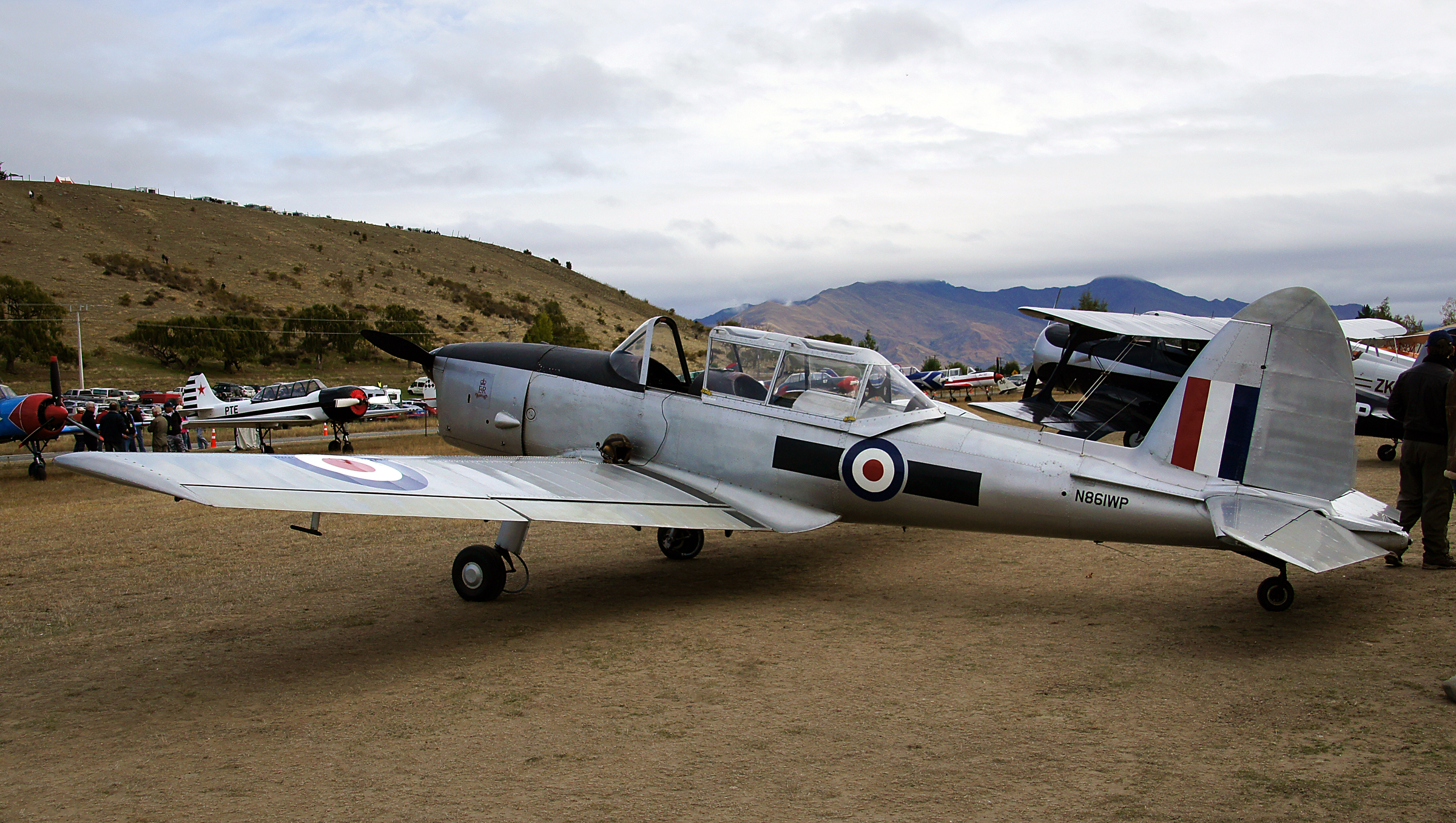
According to their Warbirds Over Wanaka’s article, “Bevan has also been a recipient of a Warbirds Over Wanaka Community Trust Flying Scholarship. He used the funding to fulfil a childhood dream and get a rating in a Spitfire. Bevan had been lined up to fly the Auckland-based Spitfire to Wanaka for the 2020 Airshow before the event was cancelled because of COVID-19.”
We wish Bevan Dewes well with the restoration of his new prize. She is sure to be a magnificent addition to Warbirds Over Wanaka once she flies again!







